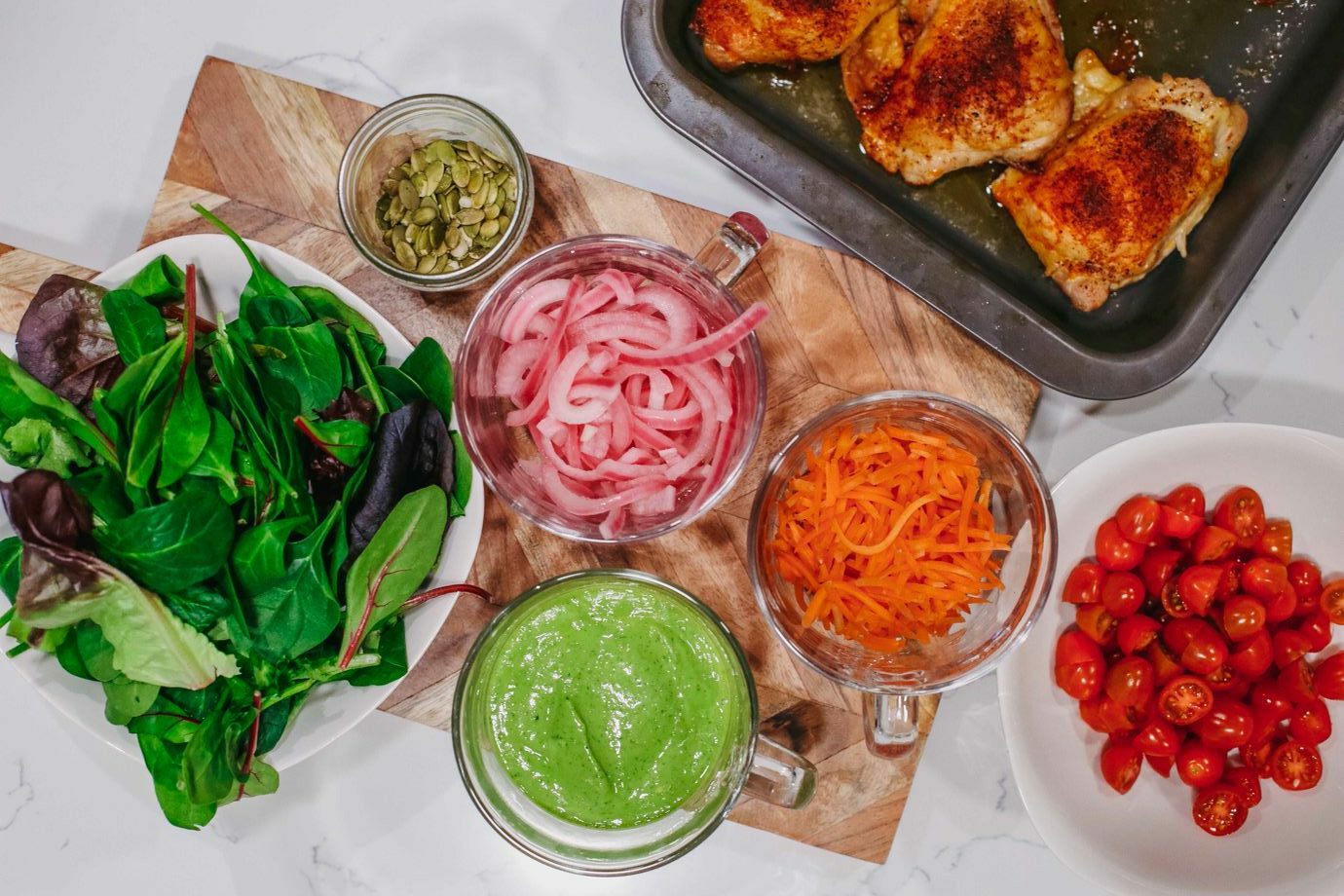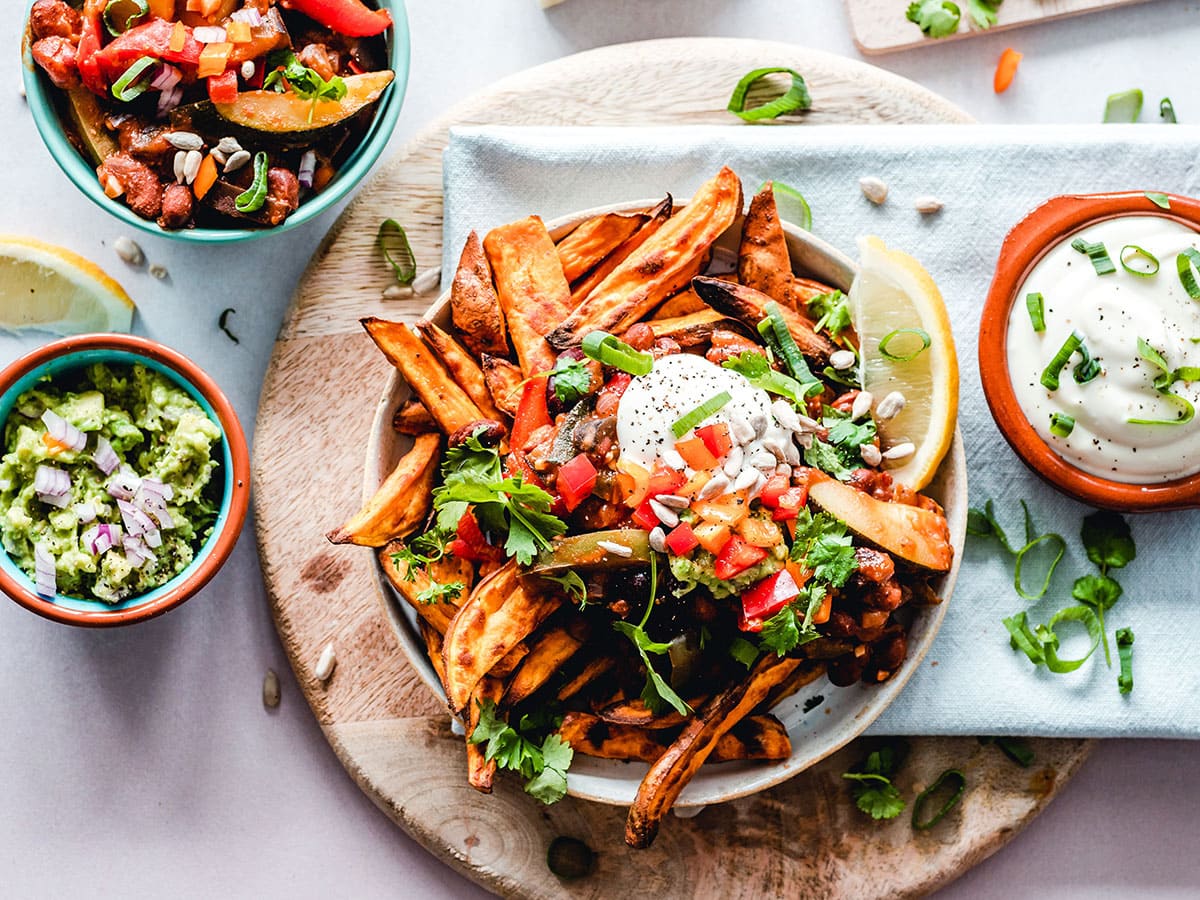The paleo diet is a nutritional plan that emphasizes eating unprocessed foods that are similar to what our hunter-gatherer ancestors might have eaten millions of years ago. The diet includes lean meats, nuts, seafood, fruit and vegetables, eggs and healthy fats like coconut oil. It excludes grains (including wheat), legumes (like beans), dairy products and processed foods made with refined carbohydrates or vegetable oils that didn’t exist before the industrial revolution.
High intake of nutrient-dense foods
Nutrient-dense foods are those that contain high amounts of vitamins and minerals per calorie. They’re also rich in fiber, antioxidants, and other compounds that help promote health.
Nutrient-dense foods should make up the majority of your diet because they’re essential for supporting your body’s functions. You need nutrients like protein, carbohydrates and fat for energy; vitamins A through K for healthy skin; iron for red blood cell production; calcium for strong bones; zinc for immunity support–to name just a few!
Emphasis on whole, unprocessed foods
The Paleo diet is based on the idea that eating like our ancestors (i.e. hunter-gatherers) is healthier than eating a modern diet. The Paleo diet emphasizes whole foods like fruits, vegetables and meats; excludes dairy products, grains and legumes; includes moderate amounts of nuts/seeds/healthy fats as well as non-starchy vegetables; recommends avoiding processed foods/junk food at all costs because they’re unhealthy for you anyway!
The Paleo diet has been shown to help with weight loss by cutting out processed foods which tend to contain high amounts of sugar or carbohydrates that can cause weight gain if consumed regularly over time. Additionally, because it restricts carbohydrates like sugars found in most fruit juices while increasing protein intake from lean meats such as chicken breasts or turkey breast slices plus fish fillets such as salmon filets (including canned varieties), this type of plan may help reduce belly fat around your midsection which can lead towards better overall health outcomes long term due to less risk factors associated with diabetes mellitus type 2!
Increased protein and healthy fat intake
Pros:
Increased protein and healthy fat intake. The Paleo diet is rich in protein and healthy fats, which can help you feel more full and satisfied after meals. Additionally, it’s important to note that a higher intake of these nutrients has been associated with weight loss because the body burns more calories digesting them than it does breaking down carbohydrates or sugars (1).Emphasis on whole, unprocessed foods. The Paleo diet focuses heavily on natural ingredients like fresh meats or fish; vegetables; nuts; seeds; eggs; fruits (such as berries) — all things that have been eaten by humans for thousands of years before we started processing them into other forms like breads or pastas! Consuming these types of foods allows us access to more micronutrients than other types do because they haven’t undergone any processing yet — which means less sugar content too!Potential for weight loss
What do you get when you combine a high intake of nutrient-dense foods, increased protein and healthy fat intake, and an emphasis on whole, unprocessed foods? You get…
Read the full article here.





